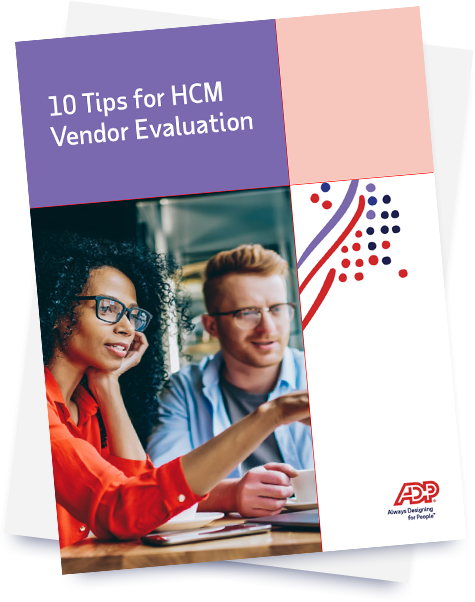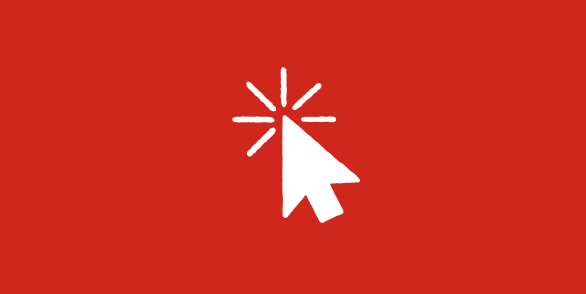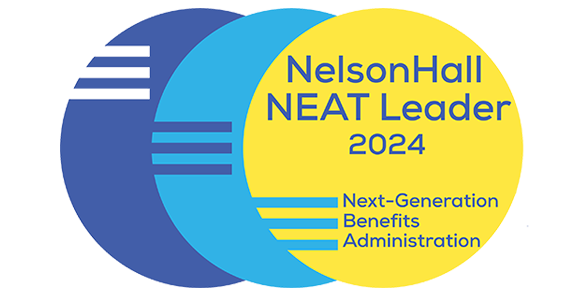Your payroll and human resource services cross every functional area in your company and are used by every employee. That’s why it’s important to find a human capital management (HCM) system that can connect people and workflows in meaningful ways. The right solution may support your daily operations, enable strategic growth and improve employee engagement.

1. Identify future HCM requirements
Before you evaluate HCM system features, define what you want to accomplish, change and improve. Look at the key initiatives of your senior leaders and consider the role that technology might play in achieving their goals. You may also want to weigh the value of personalized experiences, which can help meet needs across your organization by function, location, team and individual. By thoroughly assessing your current and future HCM requirements, you can more effectively plan for implementation and adoption.
2. Ensure HCM system compliance
Organizations today are expected to react quickly despite the difficulty of managing diverse regions. And if your operations span multiple jurisdictions, states or countries, your payroll and HR needs may be even more complex. You might need multilingual systems and support, as well as multinational payroll.
The ideal HCM system can keep pace with the rapidly changing regulatory and statutory requirements at the global, national, state and local levels. It would also be capable of serving a diverse workforce with different pay preferences and HR needs.
3. Prioritize HCM security and privacy requirements
Today’s digital landscape offers limitless possibilities, but also complex security risks. You need to ensure your business processes, infrastructure and sensitive information are protected at all times.
When choosing an HCM system, know exactly how your organization’s data will be stored, transferred and backed up. You may want multiple layers of data backup and system redundancy if you handle high volumes of critical information. HCM systems should also deliver advanced services and technology for privacy, fraud and crisis management.
4. Look for a proven HCM system implementation model
A robust implementation plan can help get your HCM system up and running efficiently and provide your employees with support to keep things running smoothly. Such plans may include a change in management strategy, executive sponsorship, a network of change champions and clear messaging.
Look for HCM vendors that have a successful track record with data conversion, third party integration and employee communications. In addition, make sure the implementation fees fall within your available budget and that you're protected against unexpected costs.
5. Drive widespread HCM system adoption
Successful adoption of your new HCM system requires adequate preparation of your people, processes and data. Securing stakeholder buy-in during the beginning stages of the project is critical. And as you move through implementation, preparing end-users through change management, communications and training helps ease the transition.
For HCM adoption tactics specific to your environment, industry or strategic objectives, you can rely on the experience of your vendor. Some have a broad network of consultants and experts who can connect you to third-party-validated, HCM best practices.
6. Set yourself up for long-term success with the right service model
An HCM system is only as strong as the support model behind it. Quality service plans anticipate growth and can adapt to changes in the workforce, regulatory and compliance requirements, and emerging business trends.
Questions to ask about HCM service plans:
- Will implementation be handled by the HCM vendor or a third party?
- Who will be responsible for day-to-day service, data conversion, data integration and system changes?
- Does the provider have strategic advisors who can provide insights, ideas and leading practices?
- Will you have a dedicated service team with deep domain expertise for ongoing support?
- If your organization is global, will you have the same level of support in each country or region?
- Does the vendor offer an advocacy program that allows you to provide insight to shape future product development?
- Is there a client community where you can learn from and network with other HCM professionals?
7. Transform HCM data into a competitive advantage
Empowering all levels in your organization with real-time insights, embedded in the flow of work, promotes better decision making. Best practices for HCM analytics include:
- A centralized data set for all HCM metrics
- Configurable analytics for custom insights
- Industry-wide data for benchmarking
- Predictive analytics for modeling and forecasting
An HCM system can help with these measures. Look for providers who have experience using analytics to drive business growth and technology that lets you share data widely without compromising its integrity.
8. Evaluate an HCM vendor’s history and investment in the future
Evaluating and implementing HCM systems is not something you want to repeat more often than necessary, so it’s important to partner with a provider who can grow with you. A vendor whose technology and service model is capable of supporting ongoing needs often:
- Values and invests in innovation
- Addresses business challenges that arise from an evolving workforce
- Has a long history of stable ownership and fiscal stability
- Provides transparent financial results
9. Look for an HCM partner who can help evolve your people strategy
The functionality of your payroll and HR systems should support workers through every step of the employee lifecycle. The right HCM system may help your HR team foster engagement and maximize recruitment, performance and development. It can also more closely align your talent strategy with your business goals, allowing you to balance the needs of both your organization and your employees.
10. Validate HCM systems with outside-in perspective
Outside experts and other professionals who have implemented HCM systems can help inform and validate your decisions. Look at peer reviews, third-party consultant and industry analyst feedback, and vendor and product demos. Some websites that provide peer reviews of HCM solutions include Trust Radius, G2, Gartner and Software Advice.
Download the 10 Tips for HCM Vendor Evaluation or visit our HCM Buyer’s Guide and our HCM Evaluation Template for more information.
Go deeper
- Article HCM Buyer's Guide




